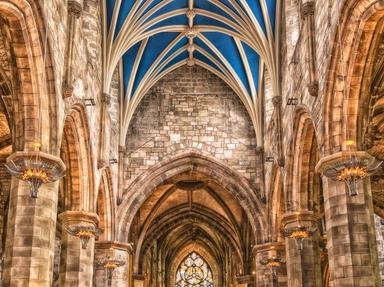Quiz Answer Key and Fun Facts
1. What was the largest statue cut from a single stone in ancient Egypt?
2. Which ancient Egyptian complex is the largest religious building site to date?
3. At which site are two temples - one for the pharaoh, and the other for his principal wife - found?
4. If you look closely at the picture, you may recognize the patron goddess of the Dendera Temple Complex. Which deity was typically pictured as a woman wearing a headdress of cow horns and a solar disk?
5. At which location is the Temple of Hatshepsut found?
6. Which temple in ancient Egypt is architecturally considered to be a double temple?
7. Which temple was located on an island in the Nile River in ancient Egypt?
8. Which of the following temples was a center of worship of the ancient Egyptian god Horus?
9. What temple in ancient Thebes was the site of the annual Opet Festival?
10. At which temple, named for the father of Ramses II, is the Abydos King List found?
Source: Author
ponycargirl
This quiz was reviewed by FunTrivia editor
trident before going online.
Any errors found in FunTrivia content are routinely corrected through our feedback system.
